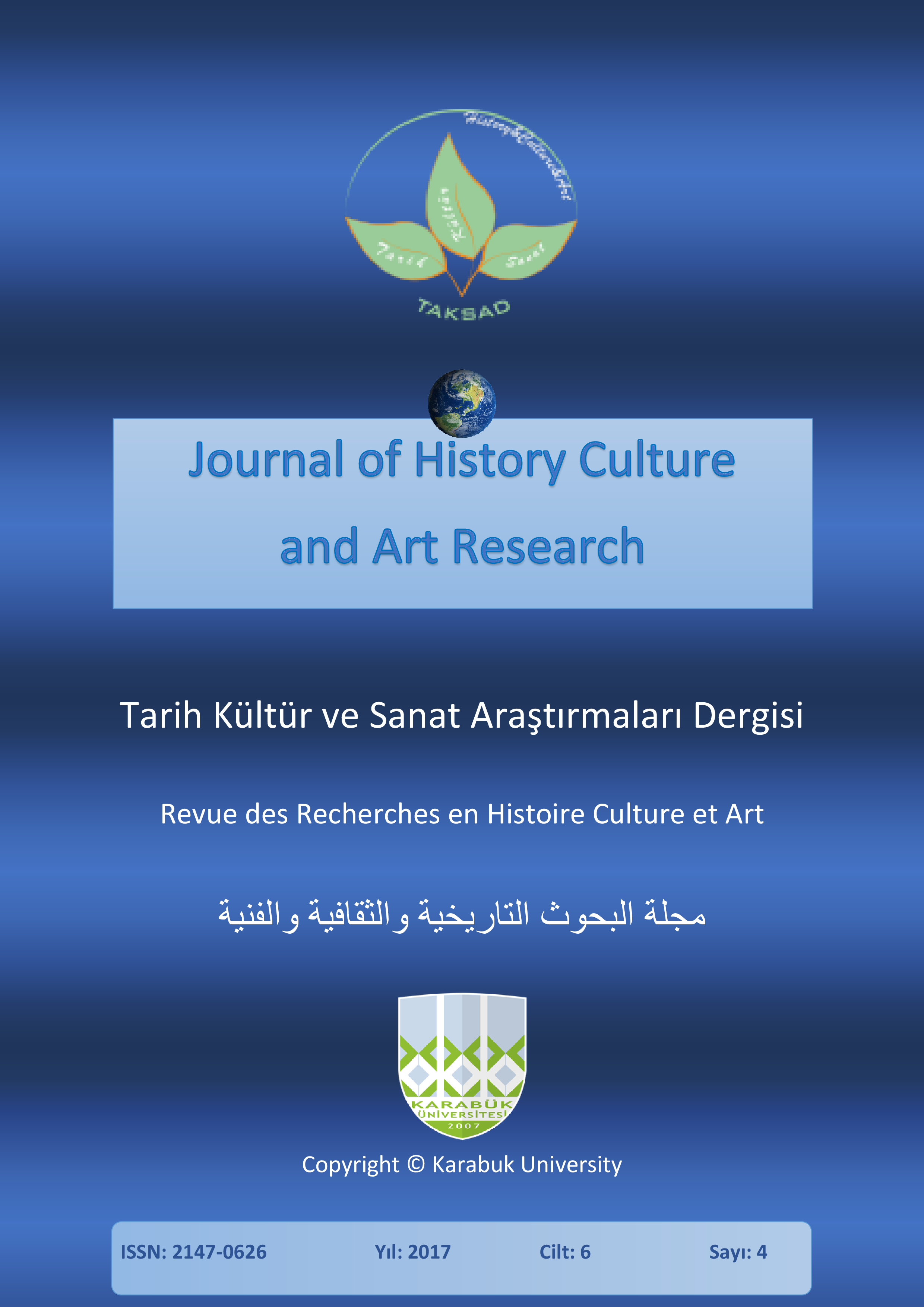Fashion TV and the Motivation of His Audience
DOI:
https://doi.org/10.7596/taksad.v6i4.1116Anahtar Kelimeler:
Fashion TV- Fashion- Trend- Entertaining- TV influence.Özet
The beginning of the 21st century is characterized not only by important historical events in the world, but also by the changes in value norms and priorities. Television, being the most mass and accessible means of information, reflects these changes directly or indirectly. One of the significant trends of modern media is the development of an entertainment segment, which is present on television in the form of special formats and a specialized content. It is necessary to create special conditions for the permanent demonstration of their events, symbols and samples for the development of fashion, as the reflection of public and cultural content and as the means of search for a person's identity. Television has such natural features that provide fashion industry a unique platform for the development of a global fashionable space and intercivilizational communication. Fashion-TV complements the television picture of the world, influencing the spread of fashion trends and the development of a certain culture of behavior and lifestyle among TV viewers. Fashion-TV, as the combination of specialized Fashion channels and TV projects dedicated to fashion and human beauty on Russian social, political and entertainment channels, is primarily the carrier of information about modern fashion trends in clothing that influences the change of a person social-cultural image. This article the hypothesis of modern fashion TV has a blurred target audience with pronounced gender characteristics and a developed motivation. The article presents the results of the study conducted on the basis of the Kazan Federal University for two years.
Referanslar
Austin, J. (1999). How to do things with words. J. Austin Favorite works. Trans. from English by L. B. Makeeva & V. P. Rudneva. M.: Idea-Press; House of Intellectual Book.
Bart, R. (2003). Fashion Systems. Articles on semiotics of culture, pp. 36-38. Moscow: Sabashnikov.
Breton, Ph. & Proulx, S. (1979). Lexplosion de la communication a laube du 21 siècle, Vol. 1. Les Structures du quotidian. Paris: Armand Colin.
Chekeiri, H. (2012). Language Variety Choice in Moroccan TV Advertising: A Sociolinguistic Study. Lambert Academic Publishing.
Kuznetsov, G. V.; Zwick, V. L. & Yurovsky, A. Ya. (eds.) (2002). Television journalism. Moscow: Moscow State University Publishing House.
Molloy, J. (1975). Dress for success. New York.
Spencer, H. (2017). Synthetic philosophy (in a short form by Collins), Kiev, "Nika-center"; "Vist-S". Retrieved on 01.06.2017 http://vikent.ru/enc/342/
Svendsen, L. (2007). Philosophy of fashion. Moscow: Progress-Tradition.
İndir
Yayınlanmış
Nasıl Atıf Yapılır
Sayı
Bölüm
Lisans
Tarih Kültür ve Sanat Araştırmaları Dergisi'nde yayımlanan tüm çalışmalar Creative Commons 4.0 CC-BY lisansı ile lisanslanmıştır.
Bunları yapmakta özgürsünüz:
- Bu eseri her boyut ve formatta paylaşabilir — kopyalayabilir ve çoğaltabilirsiniz.
- Materyalden Adapte et — karıştır, aktar ve eserin üzerine inşa et
- her türlü amaç için, ticari amaç da dahil
Alttaki şartlar altında:
Atıf — uygun bilgiyi, lisansa linki, and ve değişiklik yapıldıysa değişiklik bilgisinivermelisiniz. Sizi veya kullanımınızı lisansörün onayladığı bilgisini içermemek kaydıyla, size uygun şekilde bu işlemleri gerçekleştirebilirsiniz.
AynıLisanslaPaylaş — Eğer materyali karıştırdınızsa, aktardınızsa ya da materyalin üzerine çalıştınızsa, ancak aynı lisans ile dağıtabilirsiniz.
- Ek sınırlamalar yoktur — Lisansın izin verdiği hakları başkaları üzerinde kanunlarla ya da teknolojiyikullanarak sınırlayamazsınız.







